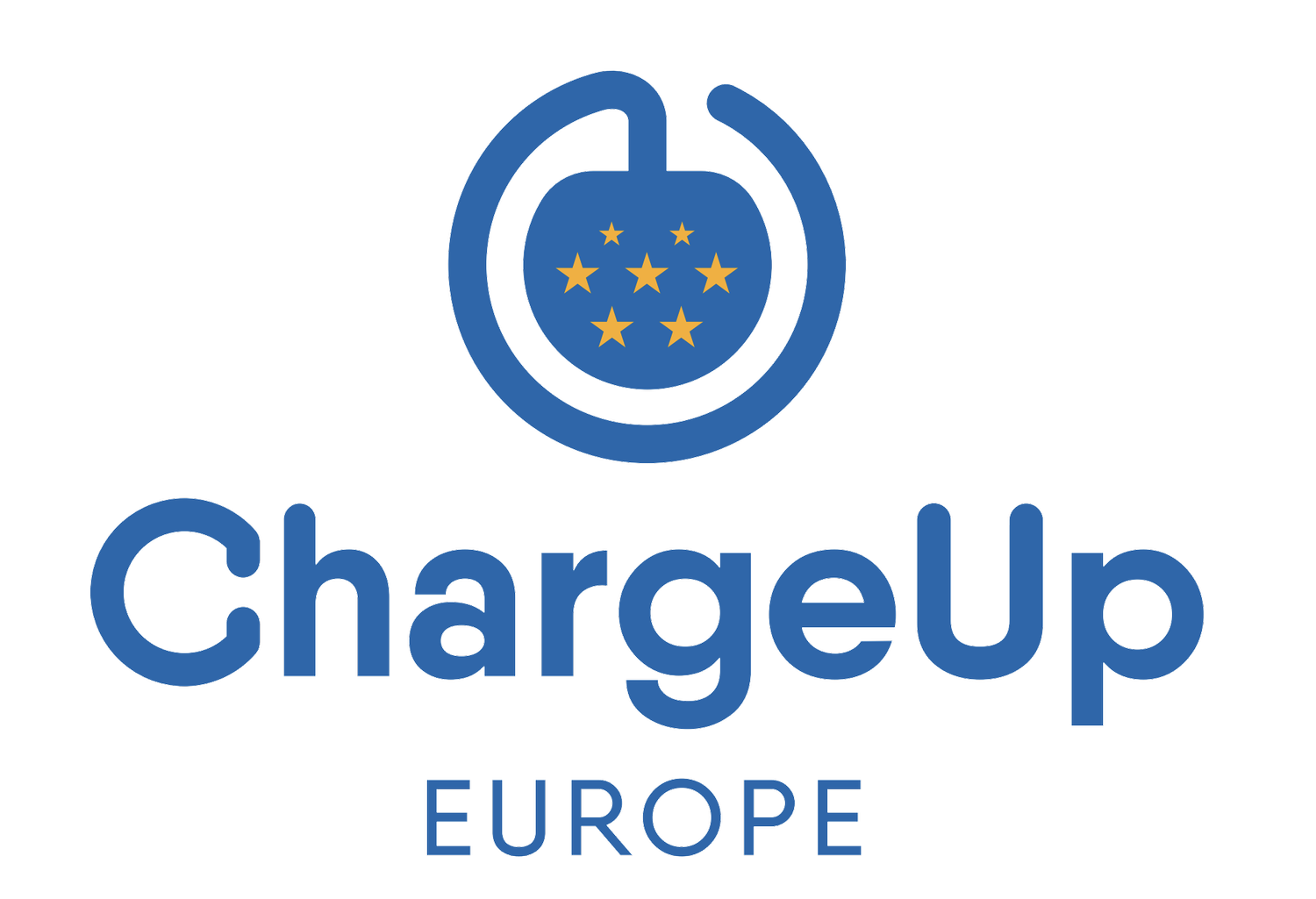Charge Up Europe input to Renovation Wave Initiative
ChargeUp Europe is delighted to respond to the European Commission’s consultation on a Renovation Wave initiative for both public and private buildings. This initiative can pave the way for upgrading and future proofing existing building stock in a way that enables the benefits of electric vehicles, smart energy systems, renewables and other sustainable technologies to be unlocked.
You can see our contribution here and below.
Renovation Wave
Buildings are central to satisfying the needs of electric vehicle (EV) drivers and play a key role in the shift towards e-mobility. Over 80% of EV charging takes place around buildings – either at home or at the workplace. This highlights the need to equip buildings with EV charging infrastructure which will help to make EVs the preferred choice for families and commuters.
EV charging points at buildings will boost visibility and encourage the switch to EVs.
As the European Commission points out, 80% of today’s buildings will still be in use by 2050 but only 1% (on average) of buildings currently undergo renovations each year. They play a significant role in GHG emissions but also have the potential to be at the forefront of providing flexibility to a clean energy system through the integration of distributed energy sources, storage, and intelligent energy management systems.
To achieve Europe’s 2050 climate goal, a large portion of existing building stock must be upgraded and made energy-efficient. By equipping existing, new, and renovated buildings with future-proof infrastructure, policy makers can help to meet the energy & mobility needs of tomorrow.
Recommendations
Through the Renovation Wave Initiative, a stronger EU commitment on charging requirements in the private and public building stock will provide an opportunity to boost energy system integration and to improve buildings’ energy efficiency.
The following recommendations should be considered through the Renovation Wave:
Revise EV infrastructure ambition in the EPBD: with the expected volumes of EVs entering the market in the coming years, residential and non-residential properties need a strong policy signal.
Increased cabling and ducting requirements need to come with increased ambition for the installation of charging points for the whole building stock which also provide parking spaces.
Introduce a ‘Right to Plug’: EU citizens sometimes find that (regulatory) procedures for requesting or installing charging infrastructure in buildings are lacking. With more than 40% of EU citizens living in apartment buildings, addressing the struggles of this market segment will be key. Establishing a principle of ‘Right to Plug’ for owners and tenants should ensure the facilitation of the installation of a charging station in their parking place in multifamily apartment buildings. It should ensure:
Speedy connection: The time from the initial connection request from an EV user/representative to the DSO for installation of the connection should take no longer than 8 – 12 weeks for AC and 4 - 6 months for DC.
Administrative peace-of-mind: Make it as easy as subscribing to an electricity provider.
Member States or regions should set-up an easily accessible web portal combining services of various building, parking, installer organisations with streamlined permit and installation procedures.
For citizens living in locations without a suitable location to install such infrastructure they should have the right to request the installation of EV charging infrastructure in their neighbourhood. The Renovation Wave should encourage local authorities to put in place policies that allow citizens to request charging infrastructure installation and provide transparent and accountable processes for decisions on whether or not to approve such requests.
Recognize the flexibility potential of EVs: EVs carry huge potential for flexibility services at electricity system, local and consumer level. A proper implementation of the Clean Energy Package will create the market access conditions for demand-side flexibility from EVs in the overall energy management set-up of buildings. From 2024, all new buildings and renovations should include an intelligent energy management system as a minimum requirement which will allow smart charging infrastructure to deliver energy system benefits.
Allocate sufficient EU funding: Electrical infrastructure in existing buildings or near new sites is frequently inadequate for charging infrastructure, requiring upgrading (e.g. from single to three-phase power systems or low- to medium voltage) and additional wiring. Households, SMEs and public sites will benefit from financial support to invest in future-proof charging infrastructure. The proposed Recovery and Resilience Facility under the Next Generation EU plan should dedicate funding to:
grid upgrades in urban areas for multi-user charging hubs at non-residential/commercial buildings
national or local EV charging infrastructure incentives schemes which are accessible for citizens, installers or businesses intending to install charging points (e.g. French ADVENIR scheme & OLEV grant in the UK).
linking EU funds to public procurement criteria with ambitious charging infrastructure requirements.
